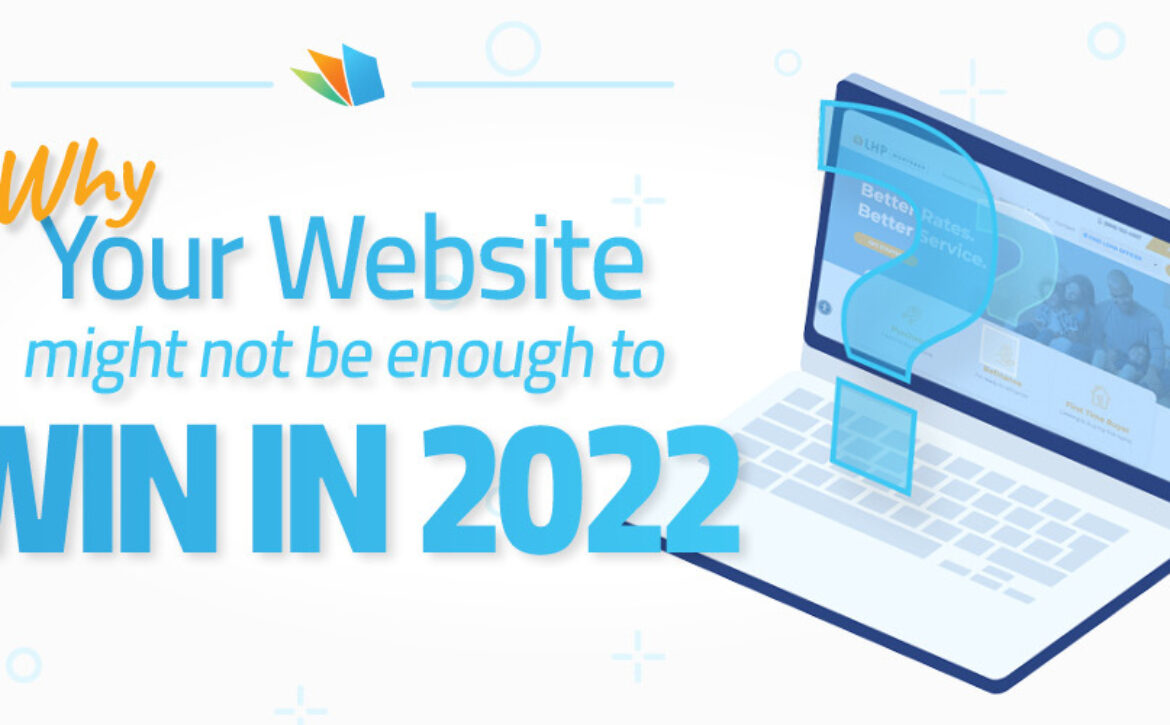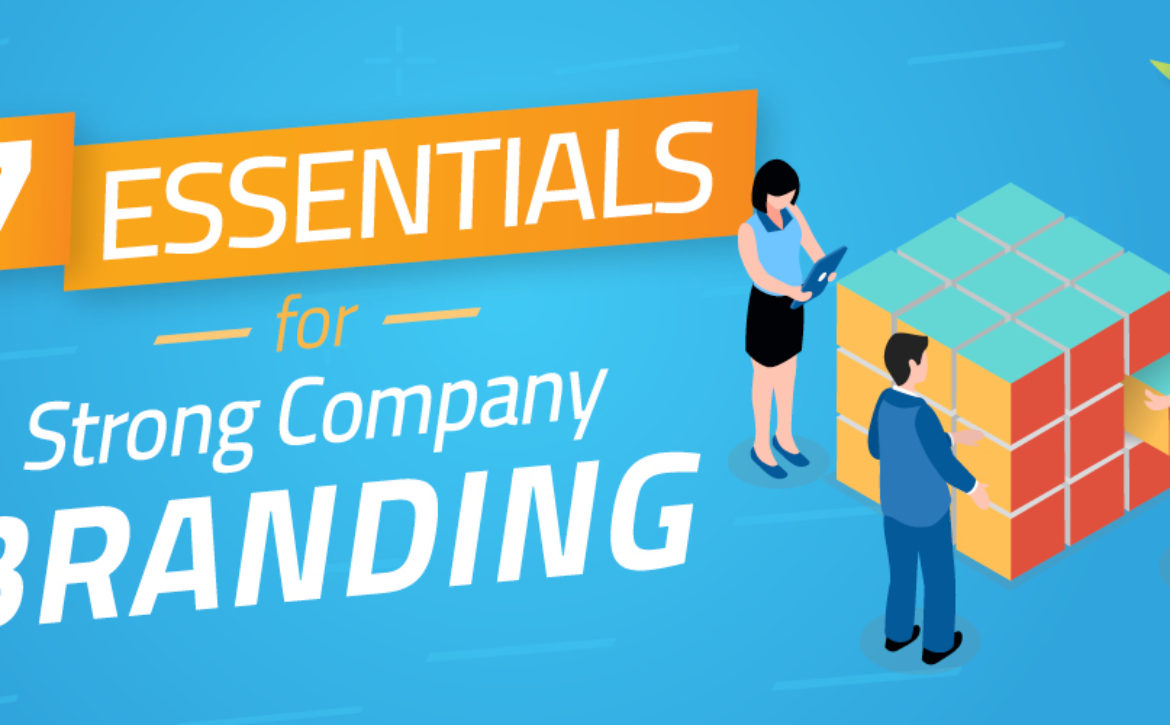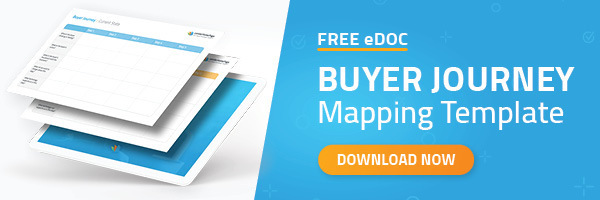Maximize Your Facebook Engagement with High-Converting Landing Pages
Engaging with your audience on Facebook by switching to a professional profile and leveling up the type of content you share is a strong start, but if you’re not converting those clicks into leads, you’re leaving valuable opportunities on the table. Facebook offers an expansive platform for reaching potential borrowers, but without a clear path to conversion, engagement often fizzles out.
That’s where high-converting landing pages come in.
Unlike most social media post that are meant for engagement, web traffic, and branding, landing pages are purpose-built to drive conversions and generating leads. By focusing on a single action—whether it’s submitting a form or requesting a quote—landing pages give your audience a direct way to engage with your business. And the beauty of it? You don’t need paid ads to make landing pages work for you; a well-crafted landing page can capture leads from organic engagement alone.
Social Media Simplified – See LHP3 in Action
Here’s how landing pages bridge the gap between casual interest and actionable engagement.
Why Landing Pages Are the Secret Sauce for Facebook Lead Capture
Keep Attention Laser-Focused on Conversion
Landing pages are the powerhouse in your social media strategy when it comes to driving conversions. While blog links, polls, and other mortgage content work to engage your audience and build trust, mortgage landing pages are designed to take things further—moving followers from interest to action. With a laser-focused call-to-action (CTA) and no extra distractions, landing pages create a streamlined experience that’s all about conversion.
Tailored Messaging to Speak Directly to Each Audience
With a landing page, you speak directly to a specific buyer and address exactly what matters to them. Running a campaign for gig worker homebuyer? Customize your page to highlight resources and loan solutions that resonate with their unique needs. Targeting a veteran’s looking to refinance? Adjust your language and offers accordingly. This kind of targeting is what makes landing pages so effective—they meet each visitor where they are, offering something directly relevant to them.
Maximize Your ROI with Every Click
Landing pages don’t just enhance Facebook engagement; they turn it into measurable, actionable value. Instead of a passive boost to your profile, a landing page captures contact information so you can build relationships off the platform, add them to your pipeline, and lead them to application.
Every click that leads to a conversion offers a clear return, and that’s what makes landing pages essential for any mortgage pro serious about growth and lead generation.
Capture More Qualified Leads Compared to Facebook Forms
Facebook’s lead gen forms are quick but often fail to generate high-quality leads. With a landing page, you’re attracting visitors who are interested enough to take an additional step, which naturally results in more qualified leads. This extra commitment indicates a higher level of interest and often brings in leads with genuine potential.
Proven Practices for High-Converting Landing Pages
Ready to build your landing page? Here are some high-impact tips to keep in mind:
-
Hook Your Audience with a Clear Headline
The headline is your page’s first impression, so make it count. A strong headline tells visitors exactly what they’ll gain and why they should act now. Focus on benefits, keep it concise, and make sure it aligns with the specific prospective borrower you’re targeting.
-
Direct Action with a Strong, Visible Call-To-Action
A landing page without a bold, action-oriented CTA is like a sales pitch without a close. The CTA should be prominent, straightforward, and unmissable—tell visitors what they’ll get and how they can take action.
-
Prioritize Clean, User-Friendly Design
The best landing pages are visually uncluttered and focused. Limit text, use clean visuals, and make sure your CTA button stands out. A visitor should know within seconds exactly what to do next, without distractions pulling them away.
-
Optimize for Mobile
With more users browsing Facebook on mobile than ever, mobile optimization is a non-negotiable. Make sure your landing page loads quickly, looks great, and is easy to navigate on smaller screens.
-
Showcase Social Proof to Build Trust
Adding testimonials or client success stories gives visitors the assurance that others have benefited from your services, boosting their confidence in taking action.
How LHP3’s Landing Page Builder Makes It Easy for Mortgage Pros
Creating a landing page doesn’t have to be a heavy lift. With LHP3’s Landing Page Builder, you can build and launch high-converting, branded landing pages in minutes. Our AI-powered website builder is designed with mortgage professionals in mind, offering pre-built landing page templates you can customize without any coding skills. Each template is optimized to encourage conversion, and the built-in lead capture forms let you collect contact information instantly.
Plus, with easy tracking and seamless CRM integration, you can automatically capture and organize lead information, keeping your follow-ups timely and personalized. This data-driven approach not only shows you what’s working but also helps you fine-tune future campaigns, making each landing page more effective at converting visitors into valuable leads.
Ready to See How Landing Pages Can Transform Your Facebook Engagement?
Explore how the LHP3 and the Landing Page Builder can help you take your social media strategy to the next level. By converting Facebook engagement into actionable leads, you’re not just boosting your online presence—you’re driving real business growth. See this quick demo video and start capturing the leads you’ve been missing out on.


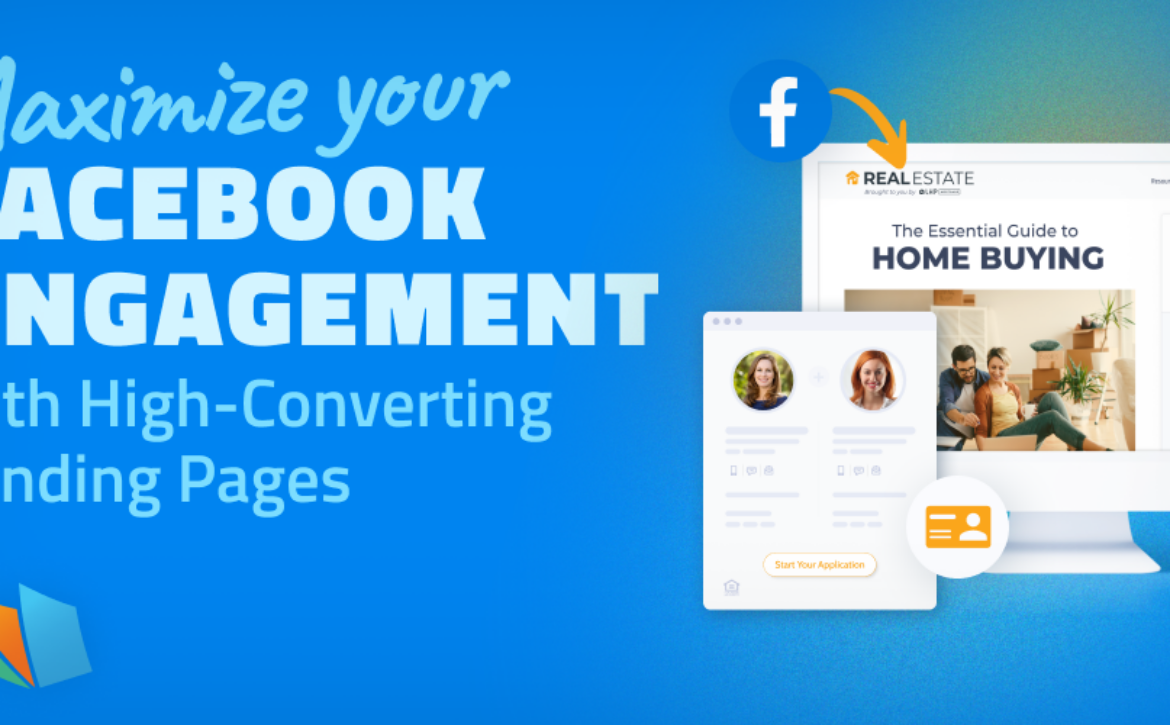
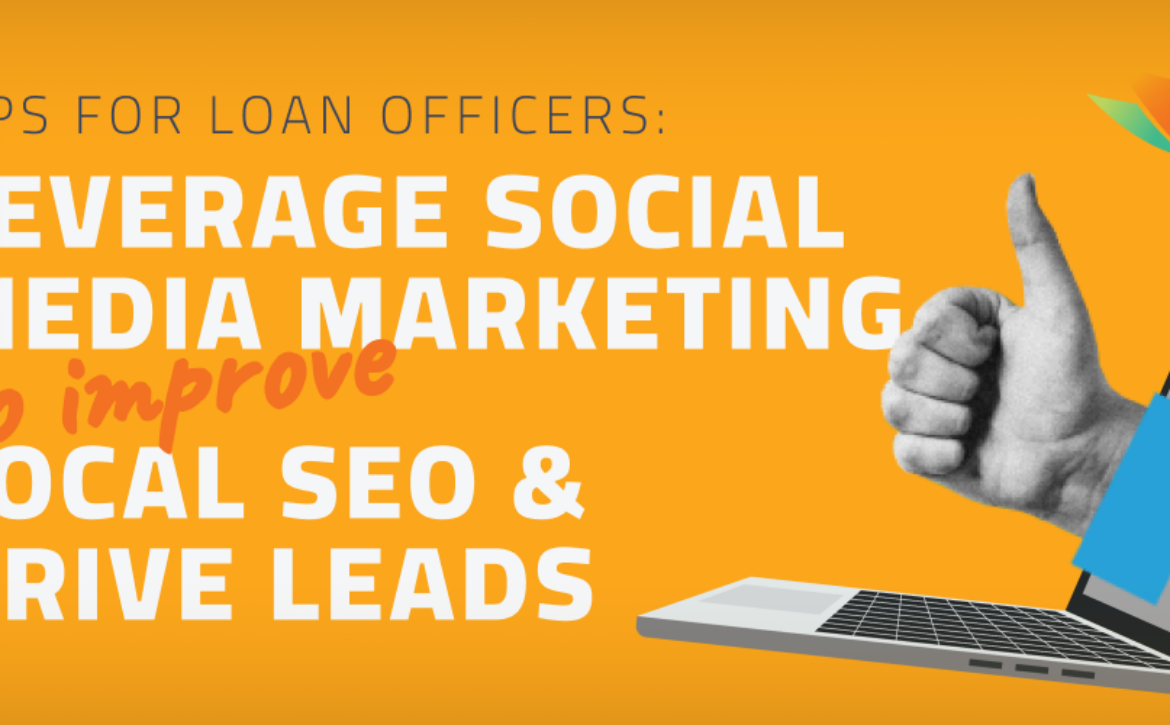

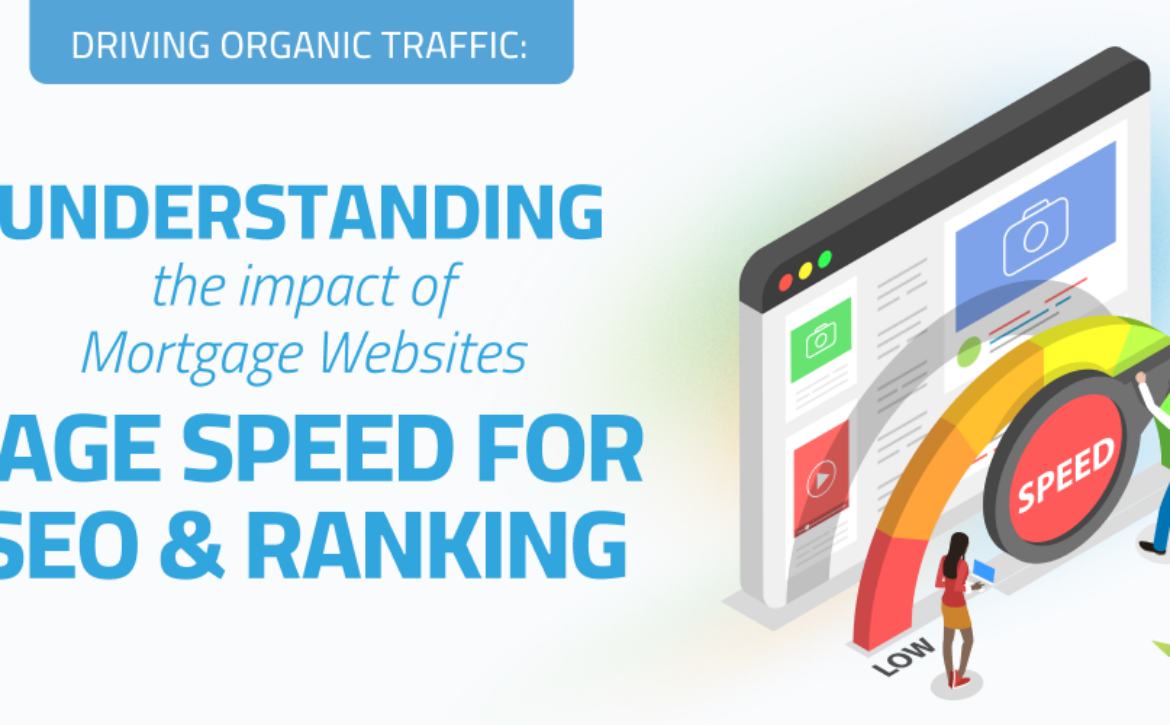
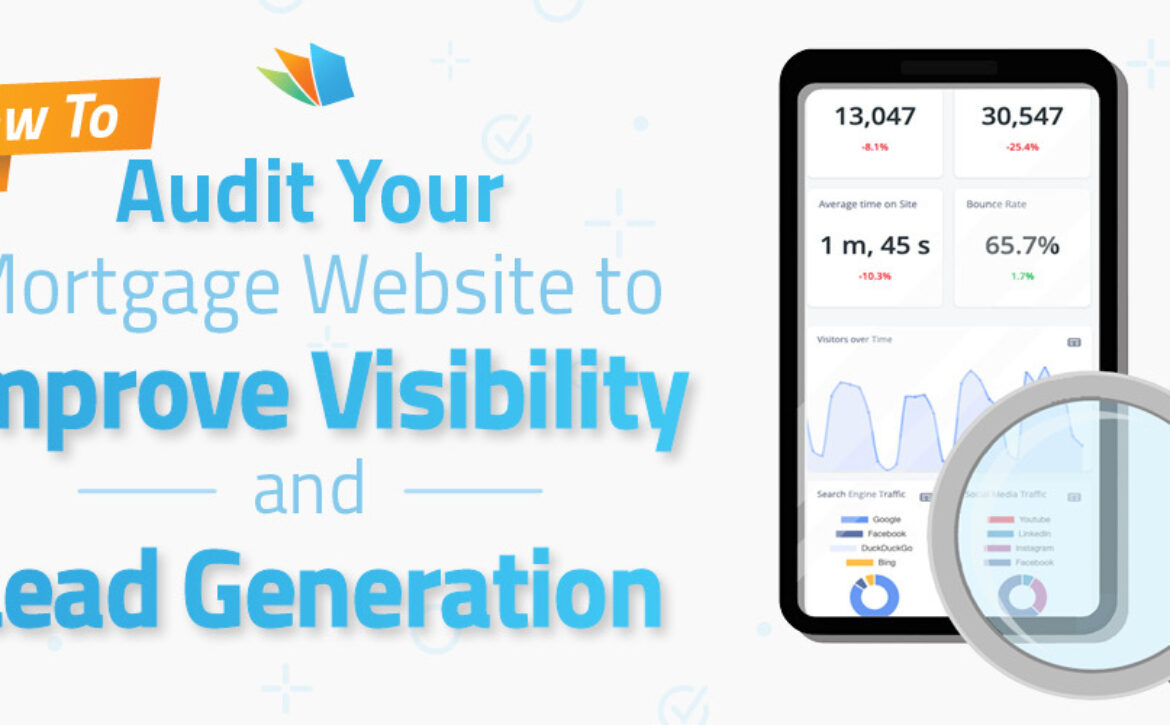


 Obviously, compliance 100% matters to your business, but when it comes to your clients, relying on compliance-focused mortgage tech rather than customer-centric will make you lose every time.
Obviously, compliance 100% matters to your business, but when it comes to your clients, relying on compliance-focused mortgage tech rather than customer-centric will make you lose every time.  Nearly 50% of consumers will abandon their mortgage application
Nearly 50% of consumers will abandon their mortgage application